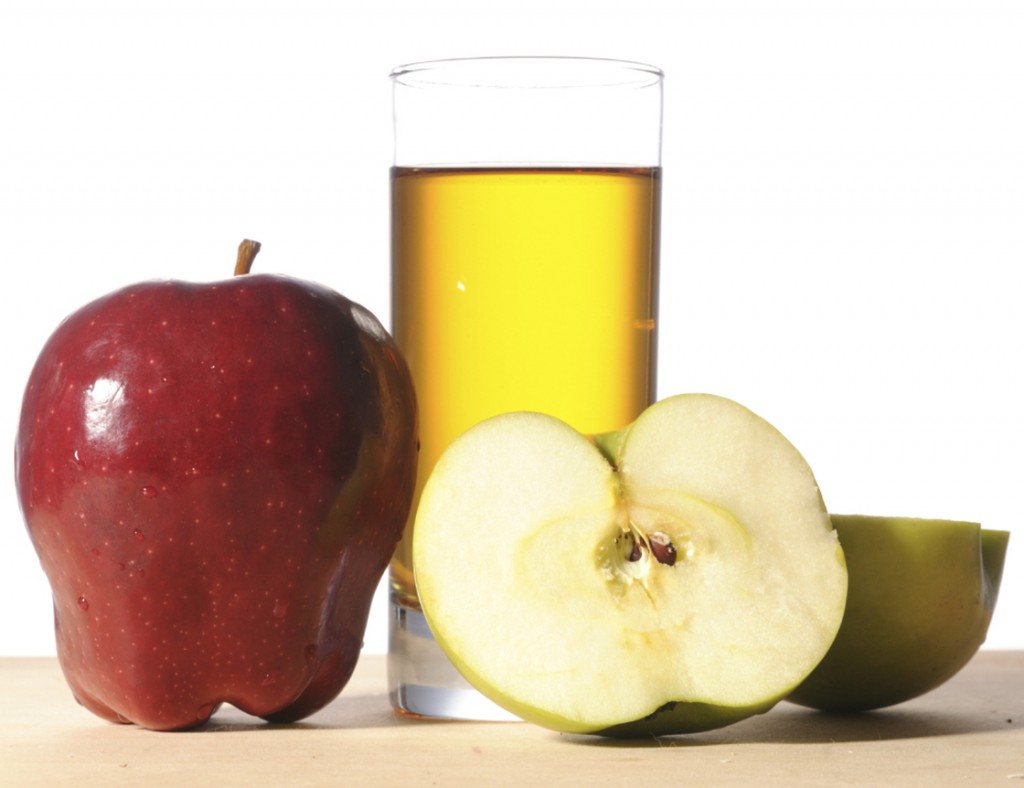
Post by Allison Aubrey, The Salt at NPR Food (7/12/13)
Here's some news for parents of the sippy-cup crowd: The Food and Drug Administration has proposed a 10 parts-per-billion threshold for levels of inorganic arsenic in apple juice. This is the same level set by the EPA for arsenic in drinking water. Right now, there is no FDA standard for apple juice.
Now, we've told you about the brouhaha over trace levels of arsenic commonly found in apple juice before.
Back in 2011, after Dr. Mehmet Oz released the results of an investigation that found that some of the nation's best-known brands contained arsenic, he was criticized for needlessly worrying parents.
As we reported back then, Dr. Richard Besser, former acting head of the Centers for Disease Control and Prevention, took on Dr. Oz in a heated exchange on Good Morning America, calling the report "extremely irresponsible," since the study only looked at total levels of arsenic. In other words, the study did not distinguish between organic arsenic, which occurs in nature and passes quickly through the body, and inorganic arsenic, the carcinogenic form.